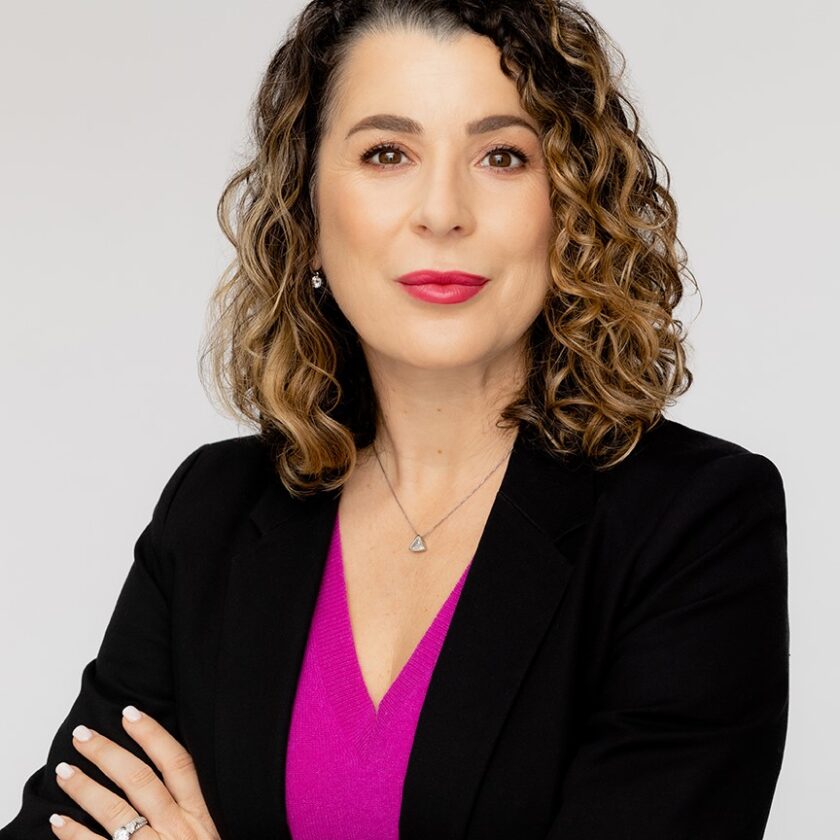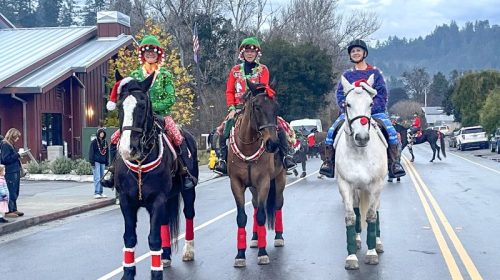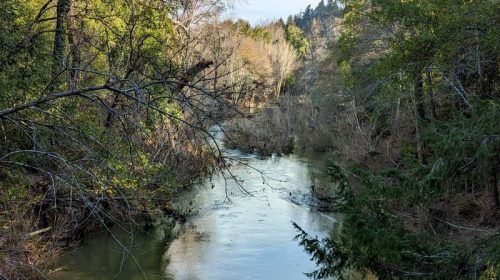Potty Talk – A Story about San Lorenzo Valley’s Waste Management
By Jayme Ackemann
Rural, small town life in the midst of the sprawling, busy Bay Area has always been part of San Lorenzo Valley’s charm. Every new acquaintance is a friend of a friend, once removed. If our kids don’t already know each other by the end of 5th grade, they are practically guaranteed to meet in Middle School.
But our small towns are also charming because they feel trapped in amber ― like you’re looking at something you might have stumbled across in mid-20th century America. If you stop to get gas at the Shell in Ben Lomond, a service attendant will actually PUMP it for you.
But for all of this nostalgia, in reality our community also has some very modern problems. Most of them can be traced to the history of SLV’s infrastructure development. One problem that SLV hasn’t grappled with is what to do with our unmentionables ― that’s right, I’m talking about your bathroom.
County Supervisors are struggling to find the right regulatory balance when it comes to trying to protect our waterways without disproportionately impacting homeowners in rural or disadvantaged communities and CZU fire families still struggling to rebuild.
Changes to County Code Chapter 7.38 (Sewage Disposal) went before the Santa Cruz County Board of Supervisors at their October 25 meeting where new requirements for septic inspections at the point of sale were considered.
Those requirements would place the onus on sellers to bring their systems into compliance or be subject to new penalties and fees. For CZU fire families hoping to sell their properties, this could mean extensive delay and additional financial burdens that are unlikely to be covered by insurance. You can read more about the proposed changes in M.C. Dwyer’s excellent overviews in last month’s edition at slvpost.com/question-authority and this month’s at slvpost.com/supervisors-amend-septic-regulations.
Since attempting to pass the ordinance earlier in October, County Supervisors revisited the language of the new septic ordinance and have softened it to attempt to avoid negatively impacting homeowners operating in good faith.
SLV has the ignominious distinction of having the highest concentration of septic systems “west of the Mississippi” as the saying goes. Those systems, when improperly maintained, lead to significant runoff in our waterways resulting in costly increased treatment in order to make our surface water potable for use.
The narrow, steep canyons that make up the nooks and crannies we call the San Lorenzo Valley are the first and most substantial obstacle to wastewater management. It defies imagination to consider the trenching that would be required through slide-prone Ben Lomond Mountain or the sandy hillsides of Quail Hollow if we were to attempt a community-wide wastewater system. Already, the SLV Water District is one of the County’s largest consumers of electrical energy because it takes a lot of power to keep pumping water up and over SLV’s hills to reach the homes dotting our mountains.
But there have been fits and starts at installing sewage systems in our downtowns ― one such project may finally get underway in Boulder Creek that will tie the existing wastewater system at the Boulder Creek Golf Club into downtown Boulder Creek and Bear Creek Estates.
Businesses on the “mountain side” of Highway 9 in Boulder Creek have no leach field, so they pay to have their waste hauled out ― an additional burden on small businesses in our rural valley. Waste water treatment access could improve their property values, could help to reduce their operating costs, and will improve the health of our local waterways.
Clearly then, there are investments the County could proactively make in our communities to help address the health and safety of the waterways throughout Santa Cruz County without constantly placing the cost and treatment of this problem on the backs of SLV residents.
The new septic regulations will take effect in July 2023. But the ongoing question of how we invest in San Lorenzo Valley’s infrastructure, from roads to energy to water, are questions we should be prepared to ask every 5th District candidate during the 2024 Supervisors race.
It’s not clear what that field will look like yet, but hopefully it will include someone with the energy to tackle these pressing challenges. It’s not a retirement gig.

Jayme Ackemann is a public affairs consultant and freelance writer. She has worked on major capital investments and water infrastructure construction projects in the Bay Area. Jayme is a resident of Ben Lomond.
Featured photo of the San Lorenzo River at Highlands Park in Ben Lomond by Mary Andersen
The San Lorenzo Valley Post is your essential guide to life in the Santa Cruz Mountains. We're dedicated to delivering the latest news, events, and stories that matter to our community. From local government to schools, from environmental issues to the arts, we're committed to providing comprehensive and unbiased coverage. We believe in the power of community journalism and strive to be a platform for diverse voices.





